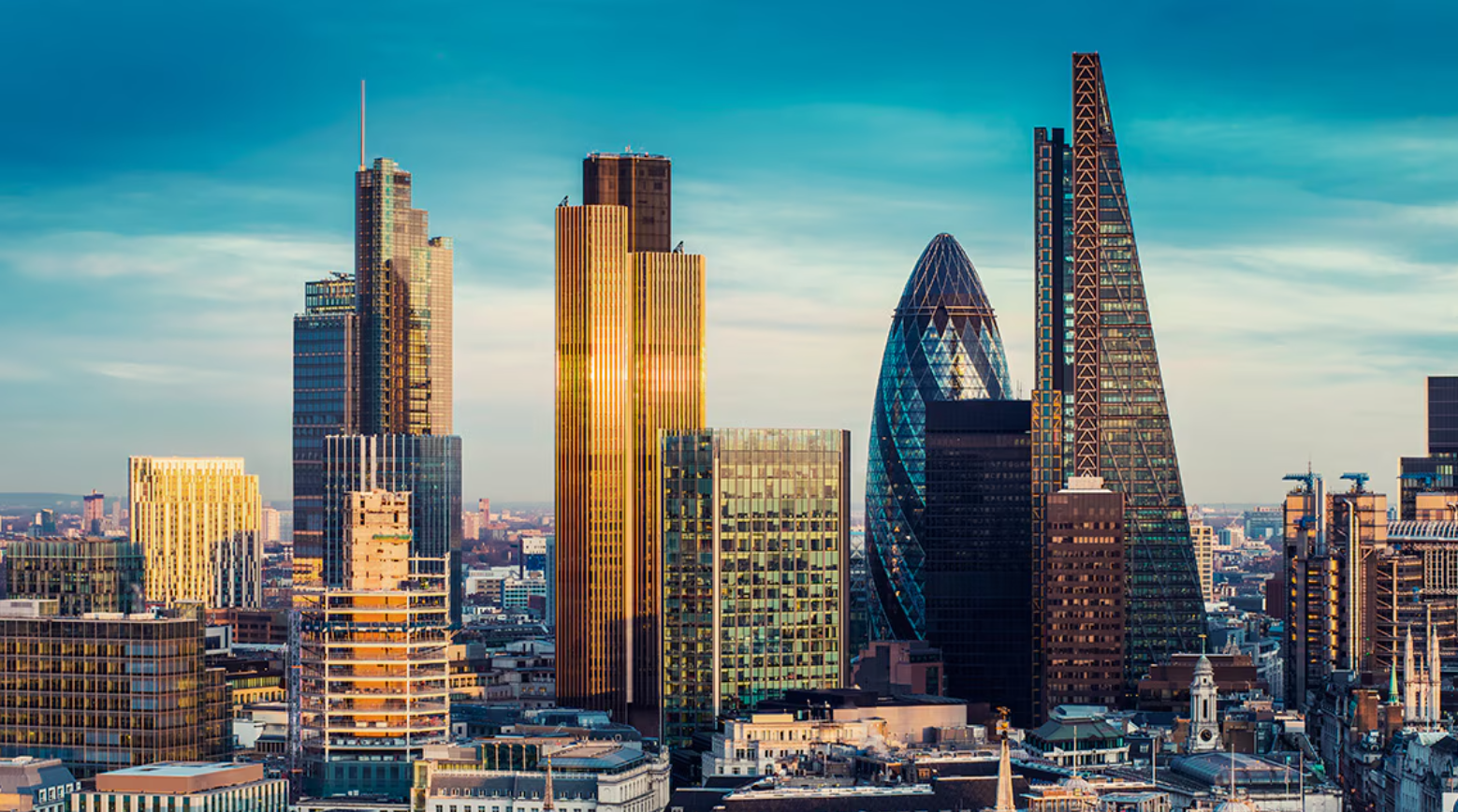The entrepreneurial traveller route: destinations for innovative holidays
Contemplating the birthplace of tech giants in the US, discovering Chinese innovation megacities, soaking up Kenya’s promising ecosystem or connecting with local communities in Colombia. Certain places around the globe serve to inspire entrepreneurs who have the travel bug to kick-start their business adventure.
“The only true voyage […] would be not to visit strange lands but to possess other eyes, to see the universe through the eyes of another.” As the writer Marcel Proust pointed out, exploring faraway lands helps us to look at the unknown, discover different points of view and empathise with other lifestyles. In the case of entrepreneurs, meeting new companies, professionals and customers during their travels can push them to rethink their own businesses.
Visiting an innovation hub, whether a startup or well-established, is a good plan for entrepreneurs who want to combine fun with learning on their holidays. Before planning a route, it is worth checking any mobility restrictions imposed by the evolution of the pandemic and assessing which destinations it may be best to visit later.
North America: not just Silicon Valley
Walking past the garage that William Hewlett and David Packard converted into HP’s first laboratory, visiting Stanford University campus where Larry Page and Sergey Brin laid the digital foundations of Google, admiring the enormous circular building that is home to Apple’s headquarters, discovering the history of computing at the Computer History Museum… Fifty years after Silicon Valley was named, the region is a must-see for entrepreneurs – it leads Startup Genome‘s global startup ecosystem ranking for 2020.
Other parts of the US have also gained ground. One example is Texas, which will be the venue for the headquarters of HP and Oracle, moved from California’s technology mecca, as well as Tesla’s new gigafactory. It was in the city of San Antonio at the end of the 1960s that the company Computer Terminal Corporation was born, creator of one of the first personal computers, the Datapoint 2200, which led to Intel developing the first microprocessors. As early as the 1980s, in Texas’ so-called Silicon Prairie, there was a boom in personal computing, as seen on the small screen in ‘Halt and Catch Fire’, which was based on real events.
New York, Boston, Los Angeles and Seattle also feature in Startup Genome’s top ten. In Seattle, a futuristic city, is Amazon’s HQ, with its massive spheres that serve as offices and greenhouses, and, a few miles away, Microsoft’s campus at Redmond, which is currently being remodelled.
Another less well-known centre of innovation is located in Canada. Toronto, the second largest city in the country, has become a pole attracting tech talent – in 2020 it employed 270,000 workers with this profile, 42.8% more than in 2015, according to a CBRE report. And this is not its only pull factor – enjoying the views from the iconic 553 metre tall CN Tower, visiting the Royal Ontario Museum’s art collections and heading to the imposing Niagara Falls are other recommended activities.
A trip through Europe, stopping in the Baltics
On the Old Continent, several capitals rank among the top 20 in the Startup Genome list, including London, Berlin and Stockholm. In the British capital, as well as getting to know Big Ben, Westminster Abbey, Buckingham Palace and the British Museum, you can discover the edtech and fintech startups that stand out in its ecosystem, and even travel into computing history by visiting nearby Bletchley Park, the complex where mathematician Alan Turing deciphered German messages during the Second World War.
Alternatively you could visit Berlin, a perfect destination to catch up on the latest in fintech or artificial intelligence without forgetting cultural visits to the Pergamon Museum, touring Bauhaus architecture or admiring the street art along the remains of the Berlin Wall.
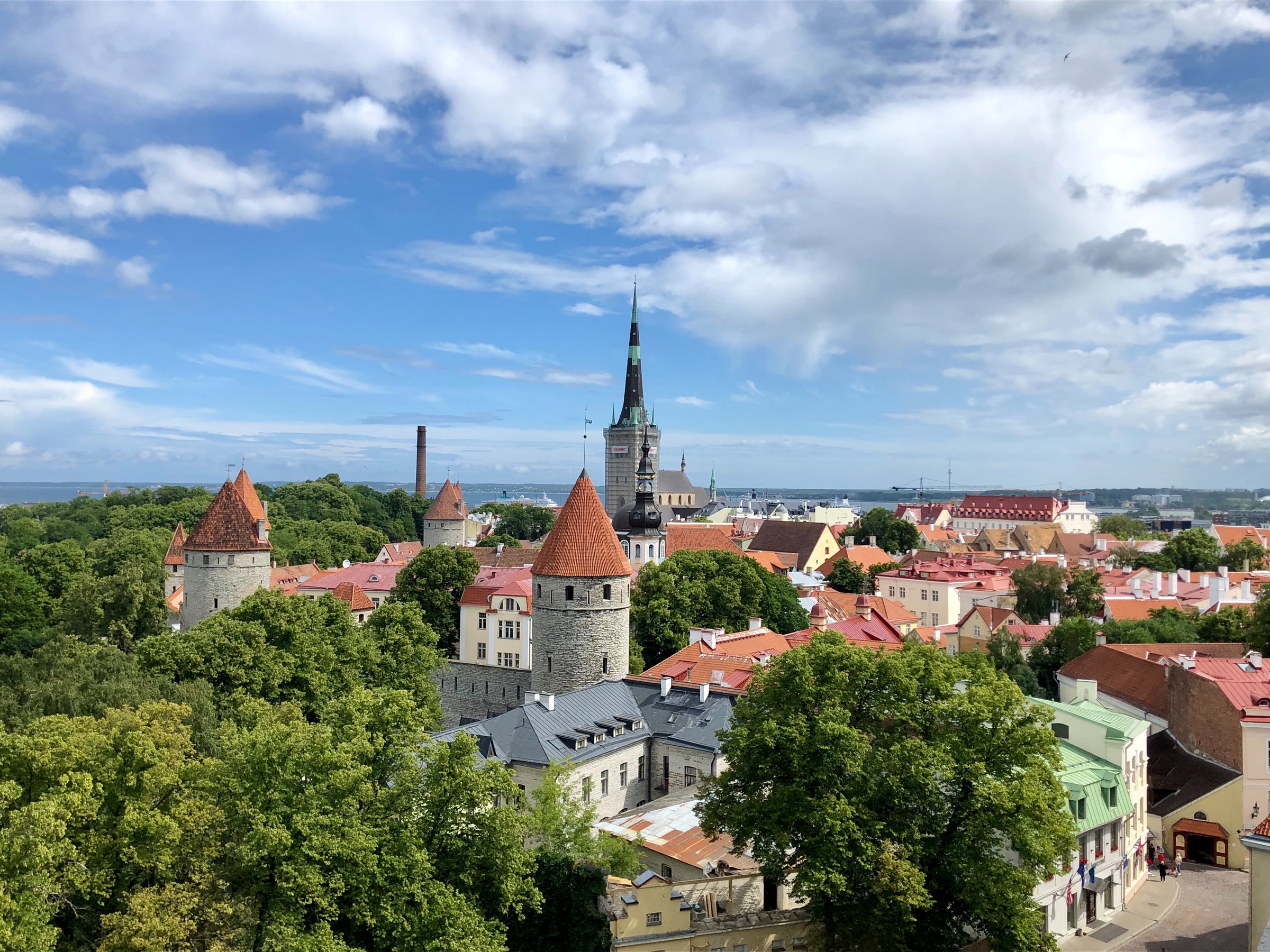
Discovering the 14 islands that make up the green city of Stockholm is another appealing option. In the Swedish capital, travellers can visit the Vasa Museum, which houses the remains of a 17th-century warship; the Royal Palace (Kungliga Slottet), a former fortress; or the metro, whose stations are real art galleries. Naturally, you shouldn’t lose sight of the cleantech and life sciences startups, two of the stand-out sectors in Stockholm’s thriving innovation ecosystem.
It’s also worth stopping at a less touristy destination that is not included in the Startup Genome rating – Estonia, the European country with the highest number of startups per capita, according to a recent report by Atomico. The Government of the Baltic State, birthplace of Skype, has promoted numerous initiatives to attract entrepreneurs, such as digital residency or the visa for digital nomads, and in the capital, Tallin, you can combine visits to its medieval jewels and technology companies.
Finally, entrepreneurs who head to Asia can visit Israel, noteworthy for its cybersecurity startups. It already has 17 unicorns (tech companies valued at over $1 billion), according to CB Insights. Visiting cosmopolitan Tel Aviv and historic Jerusalem are some extra options for that getaway.
Asia, from China to India
Getting away from Western culture can improve the experience of innovators. “The more different the place you travel to, the better – entrepreneurs will be more surprised and will realise the limitations of their business models”, says the founder and Director of Global Born, a strategic consultancy in BRIC countries (Brazil, Russia, India and China), Tanguy Jacopin. He goes on to say that “Silicon Valley is the past, we have to look for new ways to innovate in emerging countries”.
In China, the expert recommends travelling to cities like Hangzhou in the east, a city that combines ancient Buddhist temples with imposing skyscrapers and home to Alibaba’s head offices, or Shenzhen in the south, a fishing village turned megacity in just three decades that hosts titans like Huawei and Tencent.
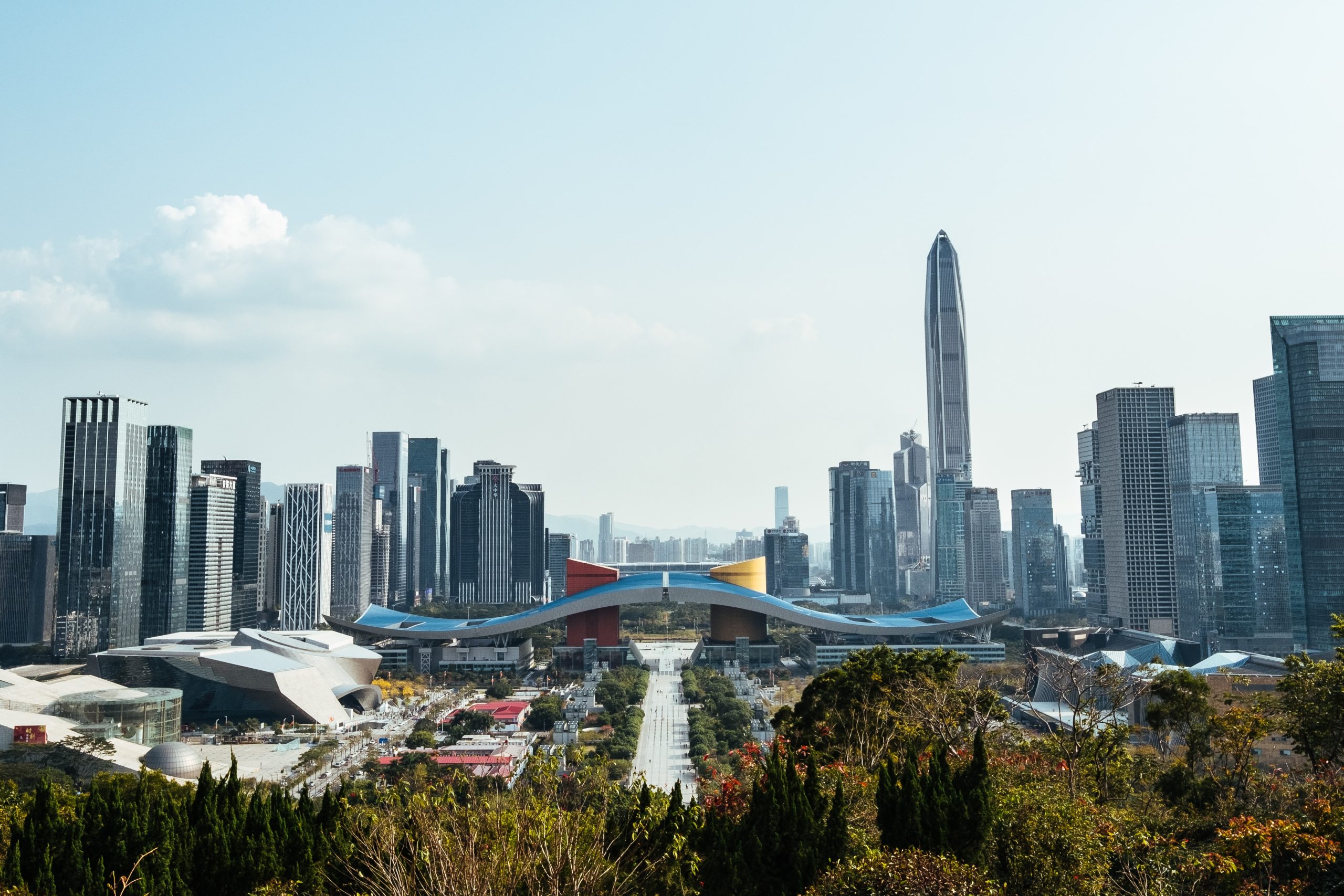
“Many North American, Japanese and European companies have decided to leave China and India’s appeal is set to rise,” Jocopin predicts. Bangalore, Mumbai, Chennai, Hyderabad and Combaitore are the five cities that entrepreneurs can visit on their first trips to the so-called country of a thousand colours, which allows visitors to delve into Hindu culture and admire one of the wonders of the modern world, the Taj Mahal.
Africa, the innovation of tomorrow
In 2020, 359 rounds of startup financing were completed in Africa, a figure that has increased by 44% a year since 2015, according to an analysis by Partech Partners. “Africa is moving rapidly from a 2.0. model to a 4.0. model”, states the Director of Global Born. The demographic explosion that is forecast, compared to the ageing of other regions, is also contributing to making the continent attractive to businesses.
For this reason, Jocopin recommends that entrepreneurs visit Morocco, a gateway to expanding business to the continent; South Africa to get to know an established ecosystem; or Kenya, “the innovation of tomorrow,” where “they are using new, low-cost, fast-scaling business models.” The success of M-Pesa, a mobile payments platform, has paved the way for the sub-Saharan country to become a centre of fintech innovation, as well as being a tourist destination renowned for its natural settings, with reserves and parks where visitors can get up close with the savanna’s wildlife.
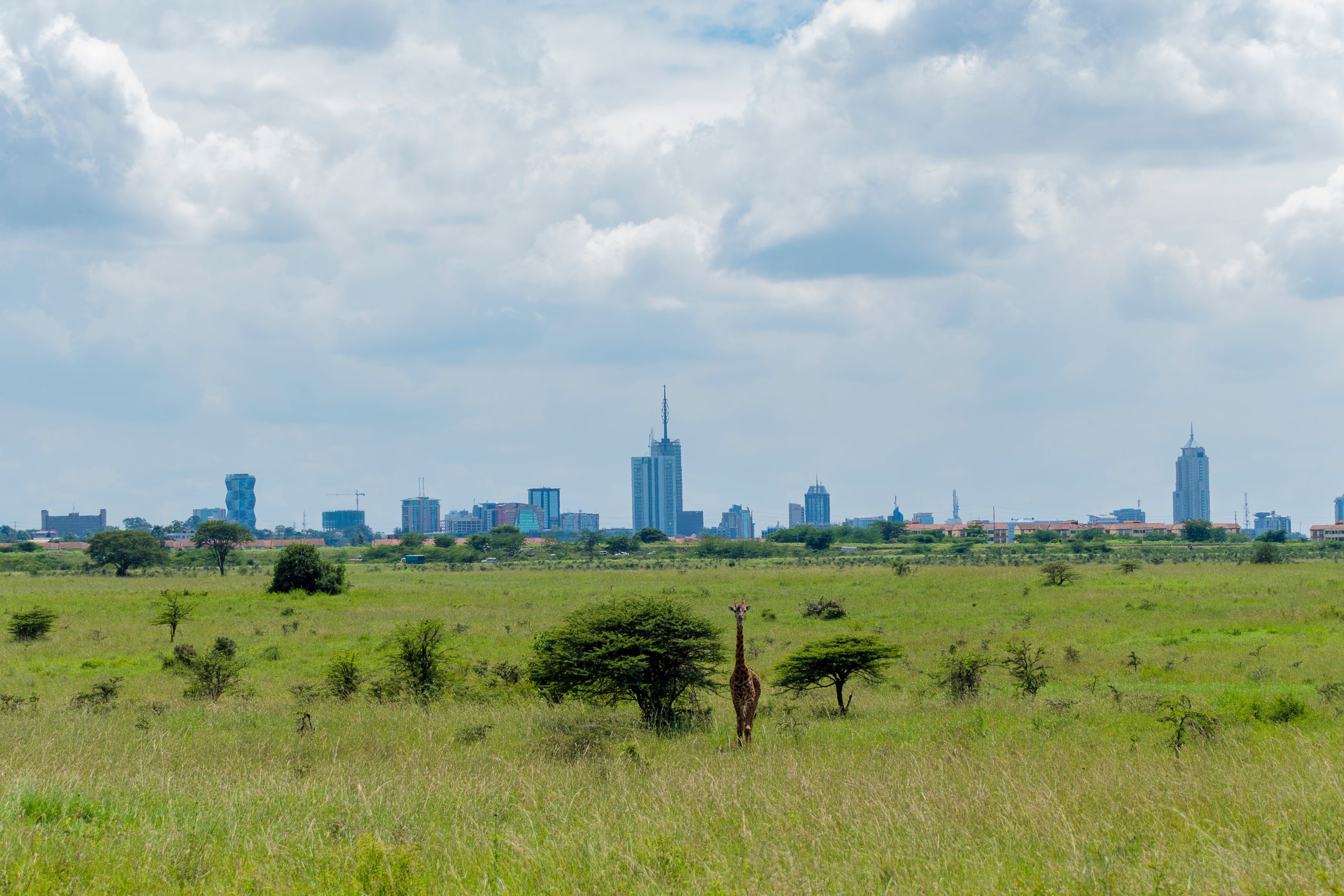
Local entrepreneurship in Latin America
Cutting-edge Sao Paulo, known as the New York of Latin America, is the only city in the region included in the ranking of global ecosystems by Startup Genome. Rodrigo Atuesta, CEO of travel startup Impulse Travel, recommends completing a trip in the ecosystems of Mexico City, Medellin, Santiago de Chile or Buenos Aires.
Winner of the recent sustainable tourism competition organised by the World Tourism Organization, innovation hub Wakalua and organisations like BBVA, Impulse Travel arranges experiences so that the history of Andean countries is told “from the perspective of resilience and creativity, rather than pain and loss”, says Atuesta.
This entrepreneur believes that getting close to small communities, such as those in Moravia, a part of Medellin that has gone from being a dump to a vibrant green neighbourhood, can serve as an example for any innovator.
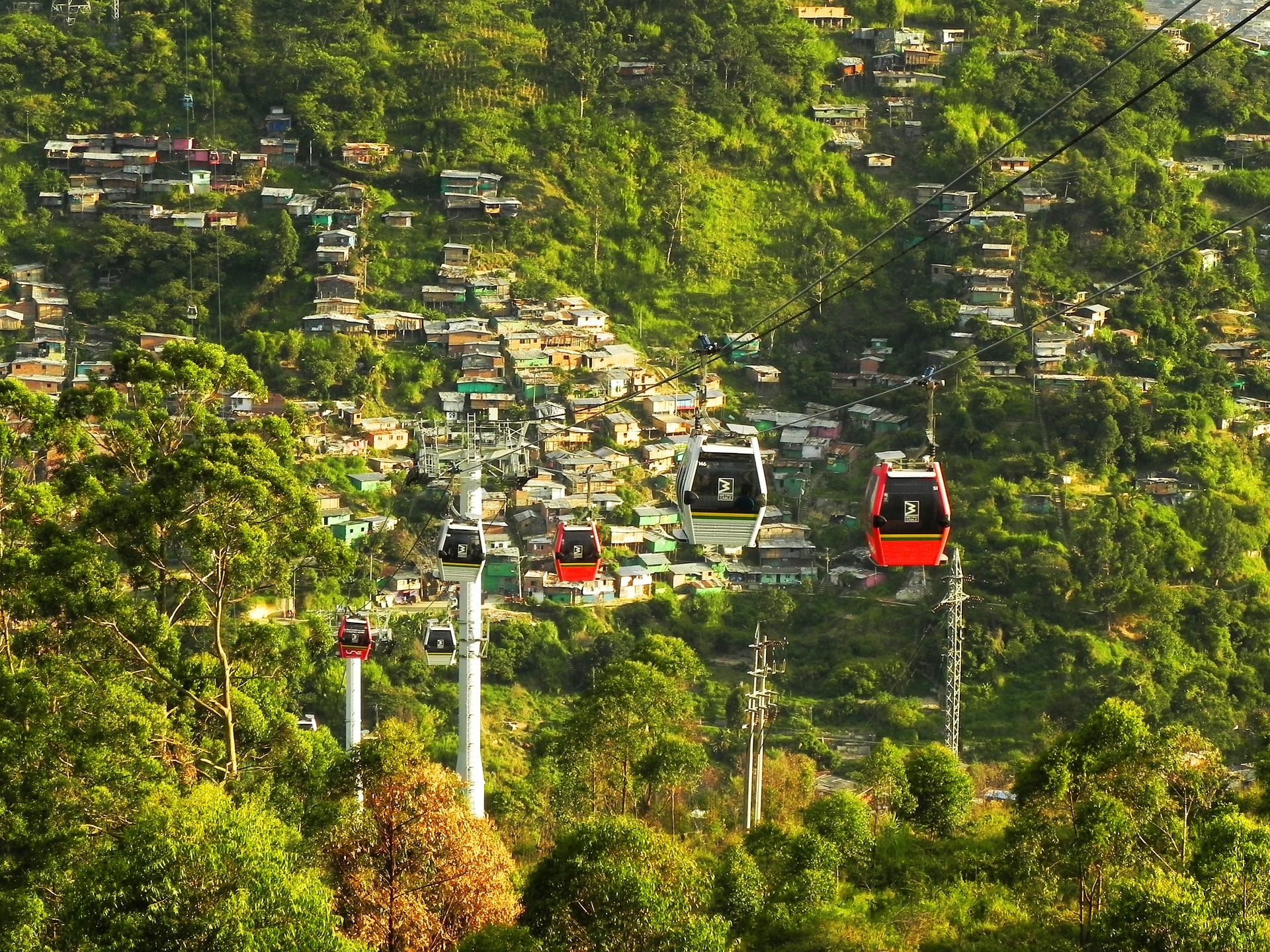
Being nomadic opens the mind
Entrepreneurs can seek inspiration from many other corners of the globe and even take their business in a backpack from one place to another. That is the lifestyle of digital nomads. Spanish photographer Kike Arnaiz is one of them – he started travelling five years ago “as a temporary thing”, but the experiences he has had in more than 60 countries, with Tanzania next on the list, have pushed him to keep going.
Stock photo websites are his main source of income, as well as his YouTube channel and photography courses. For entrepreneurs who want to follow in his footsteps, he suggests learning about digital marketing, starting with low income countries and “travelling slowly” to save money until their project grows.
“Being constantly on the go makes the mind adapt to changes and that’s essential for any business. Meeting new people and alternative lifestyles gives you endless ideas”, Arnaiz enthuses. Whether it’s to follow the path of digital nomadism or simply to find their next holiday destination, any entrepreneur can boost their creativity and mark the new direction of their business by discovering other places. In short, travelling to other lands to see innovation through a fresh pair of eyes.

